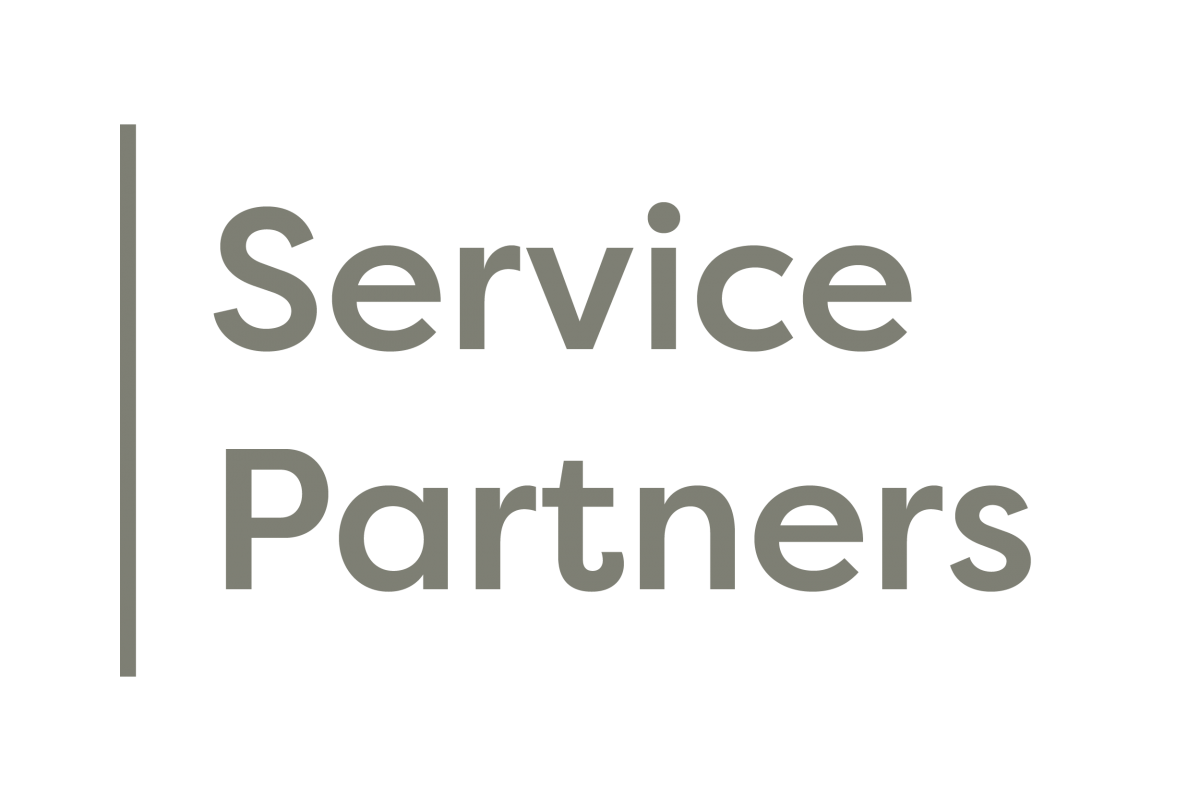Executive summary
New Zealand Agriculture Education and Training (AE&T) has helped build a country that has been extremely successful – largely based on export of its primary industries, innovation and services to agriculture. Over time a multitude of providers and a plethora of qualifications have developed to meet the demand. There have always been challenges for education and training in agriculture, but it seems that more than ever we are being constrained by funding and other issues such as globalization and urban opinion regarding our primary sectors. This is an ideal time to review and re-design the way AE&T is provided in New Zealand.
While it is encouraging that the overall number of people studying agriculture has increased, the trends are in the opposing direction to which our funders request. Specifically, students in agriculture tend to require skills and knowledge at levels 2-4 and to study part time. The Tertiary Education Commission’s aim is to increase the completion of higher level qualifications and provide more full-time courses rather than funding for short qualifications.
Increasing globalization offers both challenges and opportunities – the growth of developing nations such as India and South America mean that NZ agriculture could easily be squeezed from larger, faster growing countries and our skills and knowledge used by our competitors to enhance their production and export potential. At the same time, there are opportunities for NZ providers to grow internationally and expand our student funding base.
During my research I saw a range of other countries AE&T models, the majority have obvious focus on amalgamations, mergers and joint ventures. When compared to the AE&T models used overseas by other advanced agriculture nations including our main competitors on the export market, NZ appears to be at least a decade behind. The majority of the agriculture organizations I visited, in countries such as the United Kingdom, Ireland, North America and Australia have amalgamated horizontally, vertically or full integrated across the whole sector. The advantages being sharing governance, marketing and admin services and utilizing training farms and trainers across a wider range of courses. In some cases such as the Irish system AE&T has been fully collaborated with Research and Extension. If these models are common place and successful overseas then this begs the question as to why NZ is still serviced by a range of institutions and organizations, delivering locally designed and developed qualifications and courses while competing against, instead of complimenting, others in the sector?
Scale, efficiency and effectiveness have been created, whereas in New Zealand we bombard funders, politicians, students and other stakeholders with a range of different brands, courses and outcomes. Most providers in New Zealand are specialists in AE&T therefore they need to have some protection to ensure there is a committed and viable AE&T sector to service what is still the backbone of this country. If New Zealand is going to maintain an effective and economic education and training industry then we need to develop a collective vision and generate a larger, stronger, unified organization that will be able to take on the challenges and respond to the opportunities.
This must be led from the top down, funders, governance and stakeholders need to place pressure on organizations to simplify organizational structures, simplify and rationalize courses and qualification and amalgamate providers. It is likely that bulk funding of agriculture will be required to ensure the conviction of change, to allow a collaborative team to distribute funding for agriculture across providers and ensure a minimum level of collaboration is achieve, and promote unification of qualifications and providers. While some work will be required from the ground up, especially in regard to reducing the number and range of qualifications and courses, ultimately it will be the vision and leadership that will drive change and ensure that New Zealand AE&T is structured and positioned in a way to achieve our goals of being an effective and efficient industry for our nation and potentially a significant global provider for Agricultural Education and Training.
A review of the current New Zealand situation and recommendations for the future – Ian Knowles


























